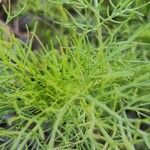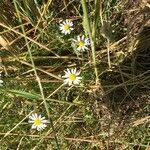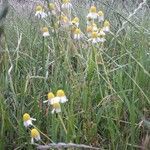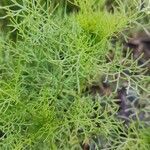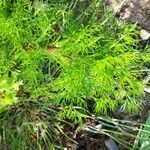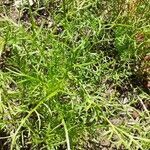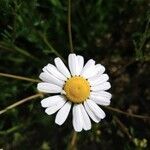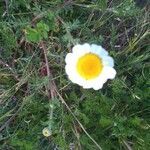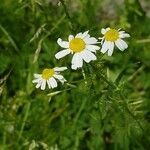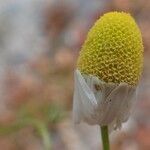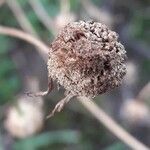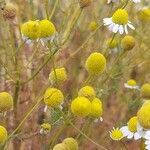| Therapeutic use
|
Anthelmintics (flower), Anticonvulsants (flower), Anti-infective agents, local (flower), Anti-inflammatory agents (flower), Antineoplastic agents (flower), Antioxidants (flower), Antipyretics (flower), Chest pain (flower), Common cold (flower), Contusions (flower), Cough (flower), Dentition (flower), Diabetes mellitus (flower), Diuretics (flower), Dyspepsia (flower), Earache (flower), Eczema (flower), Emetics (flower), Endophthalmitis (flower), Expectorants (flower), Fever (flower), Flatulence (flower), Gonorrhea (flower), Headache (flower), Hemorrhoids (flower), Hypnotics and sedatives (flower), Hysteria (flower), Inflammation (flower), Neuralgia (flower), Neurotic disorders (flower), Oligospermia (flower), Parasympatholytics (flower), General tonic for rejuvenation (flower), Scabies (flower), Skin diseases (flower), Stomach diseases (flower), Wounds and injuries (flower), Child health (flower), Urethral diseases (flower), Rheumatoid arthritis (flower), Anti-bacterial agents (leaf), Genital diseases, female (leaf), Colic (seed), Ache(Ear) (unspecified), Ache(Stomach) (unspecified), Anodyne (unspecified), Antiphlogistic (unspecified), Antiseptic (unspecified), Bruise (unspecified), Cancer (unspecified), Cancer(Liver) (unspecified), Carminative (unspecified), Cicatrizant (unspecified), Colic (unspecified), Convulsion (unspecified), Debility (unspecified), Dentition (unspecified), Diaphoretic (unspecified), Diarrhea (unspecified), Digestive (unspecified), Discutient (unspecified), Diuretic (unspecified), Emollient (unspecified), Expectorant (unspecified), Fever (unspecified), Gastritis (unspecified), Hair-Wash (unspecified), Hysteria (unspecified), Inflammation (unspecified), Intestinal tonic (unspecified), Liqueur (unspecified), Malaria (unspecified), Nerves (unspecified), Nervine (unspecified), Neuralgia (unspecified), Piles (unspecified), Sclerosis (unspecified), Sedative (unspecified), Sore (unspecified), Spasm (unspecified), Stimulant (unspecified), Stomachic (unspecified), Sudorific (unspecified), Tea (unspecified), Tonic (unspecified), Tumor(Intestine) (unspecified), Vermifuge (unspecified), Wound (unspecified), Poultice (unspecified), Depurative (unspecified), Eczema (unspecified), Perfume (unspecified), Shampoo (unspecified), Stomach (unspecified), Analgesics (unspecified), Anthelmintics (unspecified), Anticonvulsants (unspecified), Anti-infective agents (unspecified), Anti-infective agents, local (unspecified), Anti-inflammatory agents (unspecified), Antirheumatic agents (unspecified), Asthenia (unspecified), Conscious sedation (unspecified), Digestive system diseases (unspecified), Diuretics (unspecified), Dysmenorrhea (unspecified), Expectorants (unspecified), Fistula (unspecified), Flatulence (unspecified), Hypnotics and sedatives (unspecified), Impetigo (unspecified), Jaundice (unspecified), Labor pain (unspecified), Metrorrhagia (unspecified), Muscle cramp (unspecified), Parasympatholytics (unspecified), Pruritus (unspecified), Stomach diseases (unspecified), Tooth diseases (unspecified), Toothache (unspecified), Wounds and injuries (unspecified), Child health (unspecified), Antirheumatic agents (whole plant), Appetite stimulants (whole plant), Colic (whole plant), Flatulence (whole plant), Insect repellents (whole plant)
|
